Optical coatings are generally applied as a combination of thin film layers on optical components to achieve desired reflection/transmission ratio. Important factors that affect this ratio include the material property used to fabricate the optics, the wavelength of the incident light, the angle of incidence light, and the polarization dependence. Coating can also be used to enhance performance and extend the lifetime of optical components, and can be deposited in a single layer or multiple layers, depending on the application. Newport’s multilayer coatings are incredibly hard and durable, with high resistance to scratch and stains.
Newport offers an extensive range of antireflection coatings covering the ultraviolet, visible, near infrared, and infrared regions. For most uncoated optics, approximately 4% of incident light is reflected at each surface, resulting significant losses in transmitted light level. Utilizing a thin film anti-reflection coating can improve the overall transmission, as well as minimizing stray light and back reflections throughout the system. The AR coating can also prevent the corresponding losses in image contrast and lens resolution caused by reflected ghost images superimposed on the desired image.
Newport offers three types of AR coating designs to choose from, the Single Layer Magnesium Fluoride AR coating, the Broadband Multilayer AR coating, and Laser Line AR V-coating. A single layer Magnesium Fluoride AR coating is the most common choice that offers extremely broad wavelength range at a reasonable price. It is standard on achromats and optional on our N-BK7 plano-convex spherical lenses and cylindrical lenses. Comparing to the uncoated surface, the MgF2 provides a significant improvement by reducing the reflectance to less than 1.5%. It works extremely well over a wide range of wavelengths (400 nm to 700 nm) at angles of incidence less than 15 degrees.
Broadband Multilayer AR coating improves the transmission efficiency of any lens, prism, beam-splitter, or windows. By reducing surface reflections over a wide range of wavelengths, both transmission and contrast can be improved. Different ranges of Broadband Multilayer AR coating can be selected, offering average reflectance less than 0.5% per surface. Coatings perform efficiently for multiple wavelengths and tunable laser, thereby eliminating the need for several sets of optics.
V-coatings offer the lowest reflectance for maximum transmission. With its high durability and high damage resistance, Laser line AR V-coating can be used at almost any UV-NIR wavelength with average reflectance less than 0.25% at each surface for a single wavelength. Valuable laser energy is efficiently transmitted through complex optical systems rather than loss to surface reflection and scattering. The trade off to its superior performance is the reduction in wavelength range. AR.33 for 1064 nm is available from stock on most Newport lenses. All other V-coating can be coated on a semi-custom basis.
 Over 8,000 products in-stock! & FREE 2-Day shipping on all web orders!* Learn More FREE T-Shirt with orders $250+ Details
Over 8,000 products in-stock! & FREE 2-Day shipping on all web orders!* Learn More FREE T-Shirt with orders $250+ Details
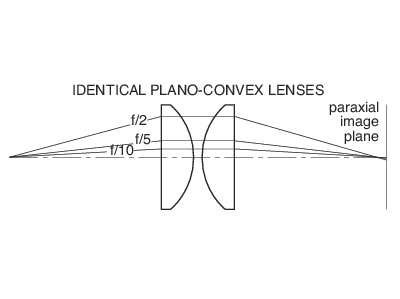
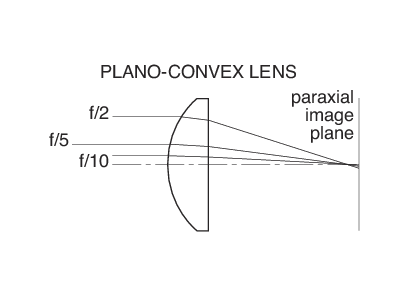







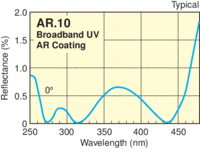
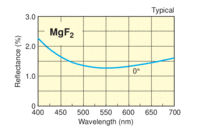
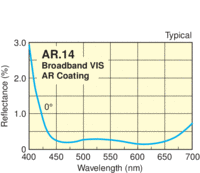
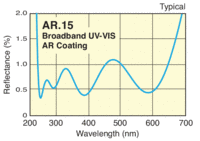
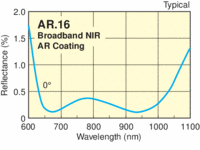
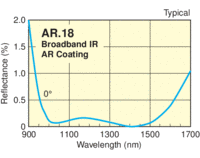
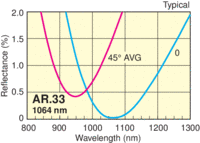
 Ultra-High Velocity
Ultra-High Velocity